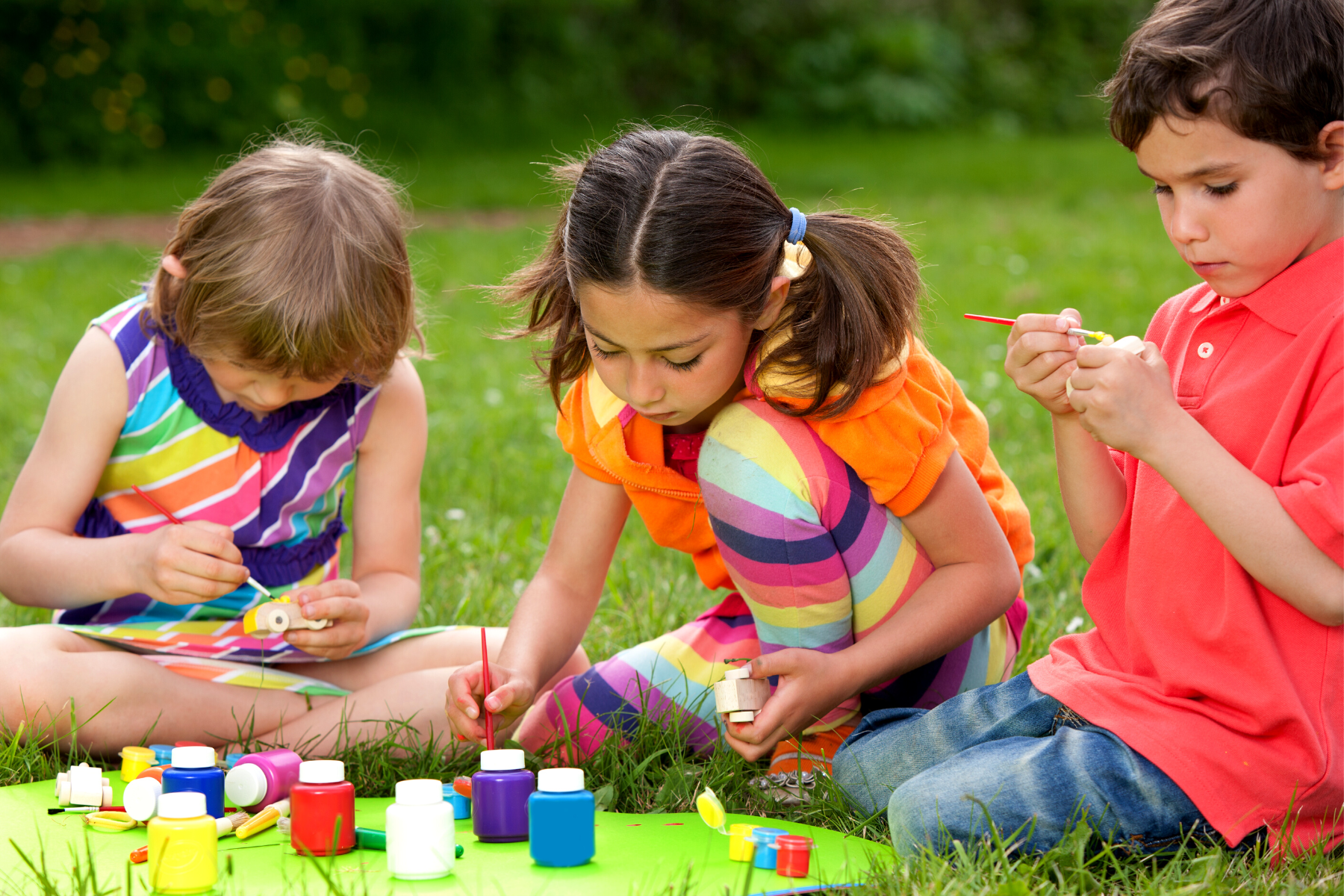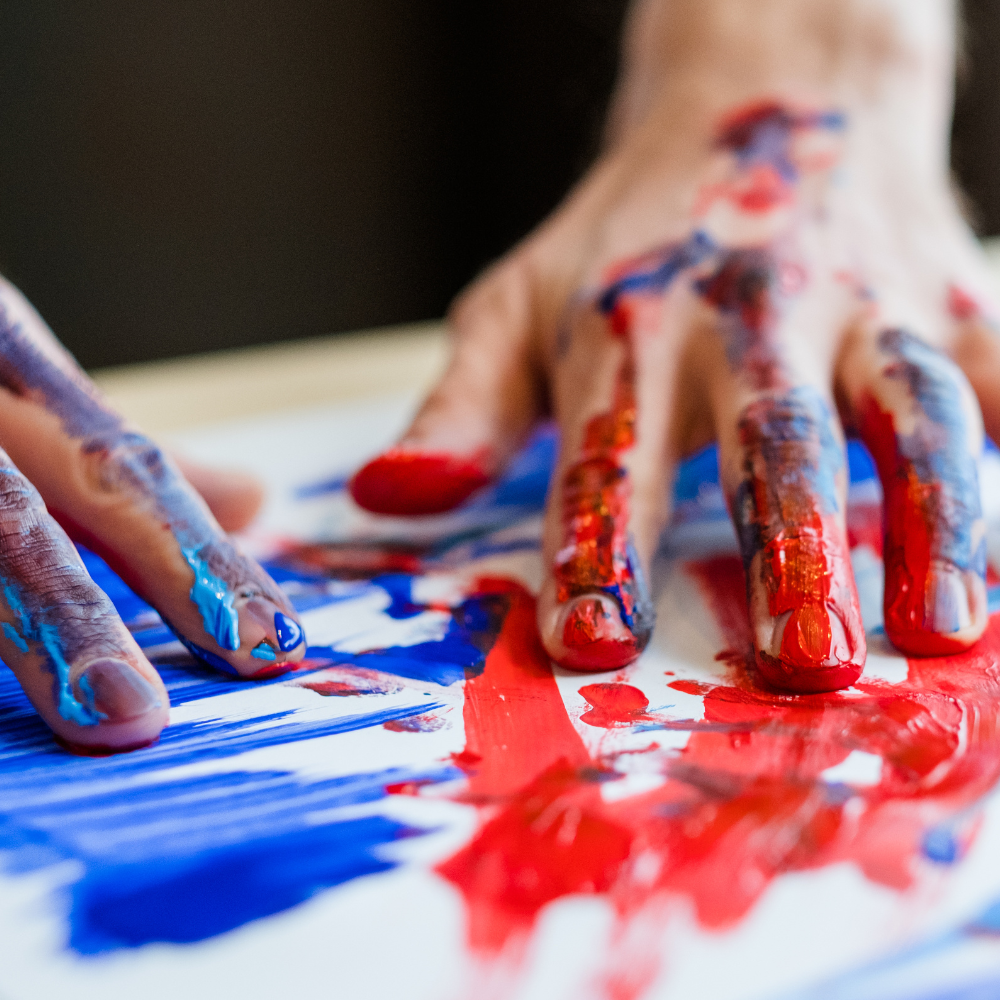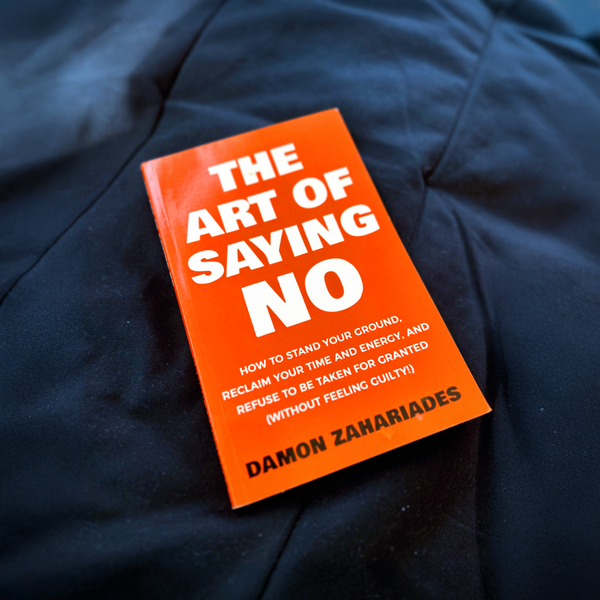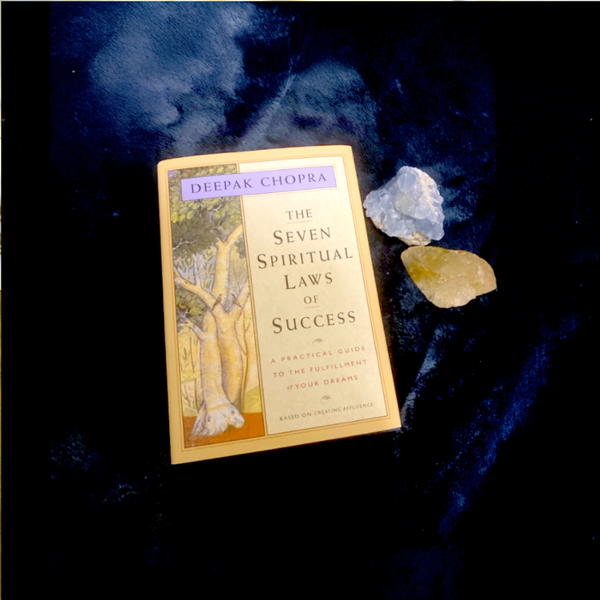Ah, art!
A magical world where you can break the rules and set new ones.
And sometimes, it takes a little creature to challenge traditional conventions and transform the realm of arts and crafts.
Enter Mouse Paint by Ellen Stoll Walsh, a classic children's book that has become a seminal work.
This seemingly innocuous tale of three mice and their colorful adventures has a much deeper impact than most people realize.
At first glance, the book is simply a delightful story with playful illustrations that will keep children captivated.
But when you look closer, the underlying message of creativity and color theory embedded in Mouse Paint speaks to its lasting educational value.
Ellen Stoll Walsh's Mouse Paint has undeniably left a vibrant splash on the canvas of children's literature and artistry.
For over years, this timeless tale of three curious mice who discover that they can mix primary colors to make secondary ones has been captivating young minds with its vibrant story and artwork, while opening them up to the world of color theory!
In this blog post, we take a closer look at what makes Mouse Paint such an enduring source for young creators art education.
This vibrant and playful tale has not just entertained generations of young readers, but also left a lasting impression on the world of art and creativity, encouraging children to explore their own creative ideas and express themselves through art.
It provides them with an opportunity to explore the fundamentals of color theory, while also having fun in the creative process.
So, grab your paintbrushes and let's dive into the wonderful world of Mouse Paint!
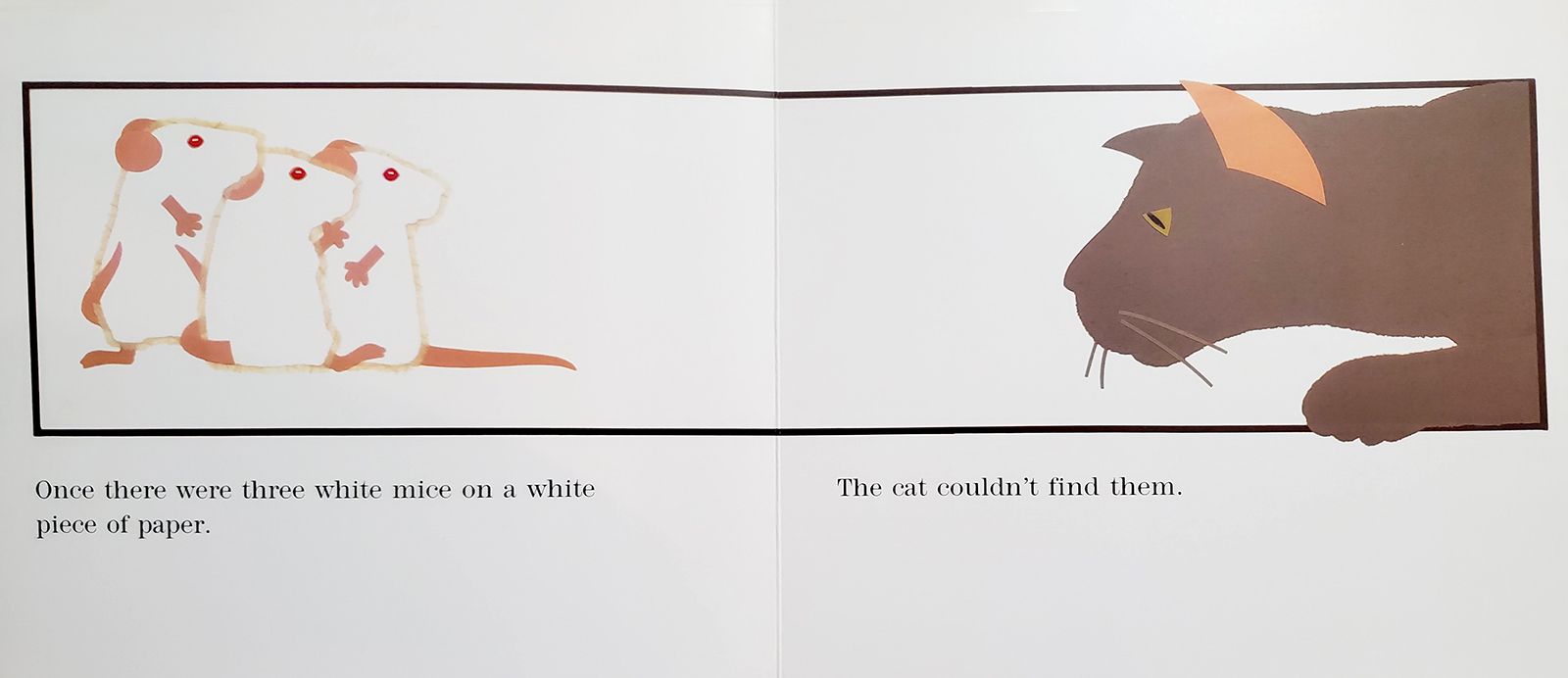

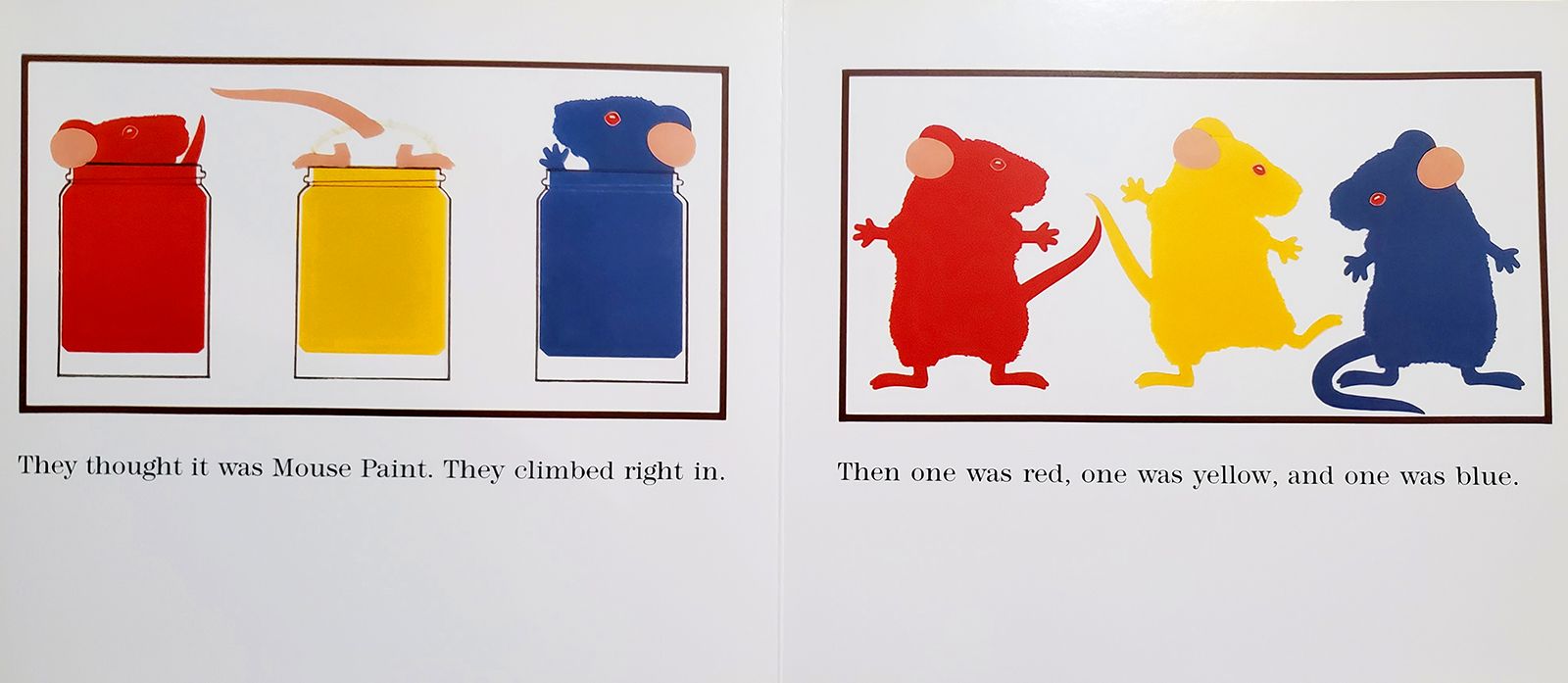
A Splash of Context
This book is more than just a fun romp for rodent enthusiasts; it's an exploration of color theory, a masterclass in simplicity, and a testament to the power of creativity.
Written by Ellen Stoll Walsh, the author and illustrator of other award-winning books such as the Mouse Count books, this children's classic is created to introduce young readers to the world of color theory.
For those unfamiliar with this tale, the story of Mouse Paint follows the three white mice as they discover paints and explore the possibilities of mixing colors.
These three white mice discover three jars of paint, comprised of the colors red, blue, and yellow.
The joyful discovery pervades the story, as they make their way through a rainbow of hues.
As they explore and play, they inadvertently mix the colors, creating new ones, and introduce young minds to the concept of color mixing.
Through trial and error, the mice learn that two colors can be mixed to make a new one.
The mouse searches for a new color when they come upon each other mixed in with the paint.
The colors blend together and voila: a new hue of paint!
The delightful discovery of new colors is a fantastic exploration of color theory for young readers, as they learn to identify primary and secondary hues and mix accordingly.
This engaging narrative of the mice's journey provides just the right simplicity to introduce young readers to the concept of color mixing in an accessible, fun way.
The characters, though minimalistic, are relatable and endearing, making the learning process feel more like playtime than a lesson.
The successful Mouse Paint was first published in 1989 and quickly became a beloved classic, teaching young readers about colors, hues, and color mixing in a fun and accessible way.


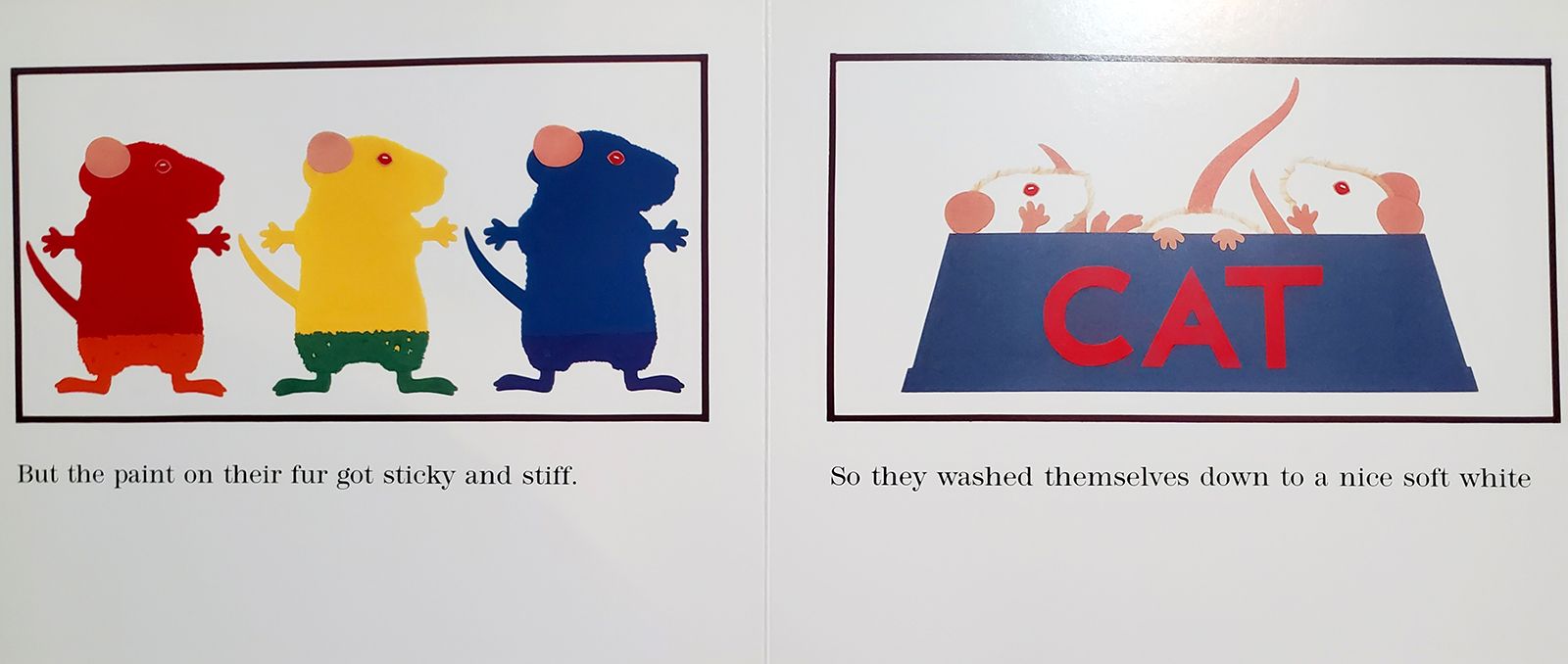
Walsh's Artistic Approach
With a variety of books created, such as Ellen Stollen Walsh's Mouse Count, the author has established herself as a master of simplistic characters and stories.
Walsh's illustrations in Mouse Paint are a testament to the power of simplicity.
In her familiar collage artwork, she uses basic shapes and primary colors to create a vibrant world that captures the imagination.
The use of minimalistic illustrations allows readers to focus on the story as well as the colors and their combinations, reinforcing the book's educational message.
This playful introduction featuring broad lines and expressive figures is just one of the reasons why this book has remained popular for decades, earning a 5-starred review from countless readers and publishers.
The illustrations, alongside the story's simple message, make it easy for children to grasp the concept of color theory while also enjoying the story.
The creative decision to use white mice as the main characters also enhances the color exploration.
Their pristine coats serve as a blank canvas, emphasizing the transformation when they dive into the colors.
This clever design choice speaks to Walsh's ability to convey complex concepts with simplicity and clarity.
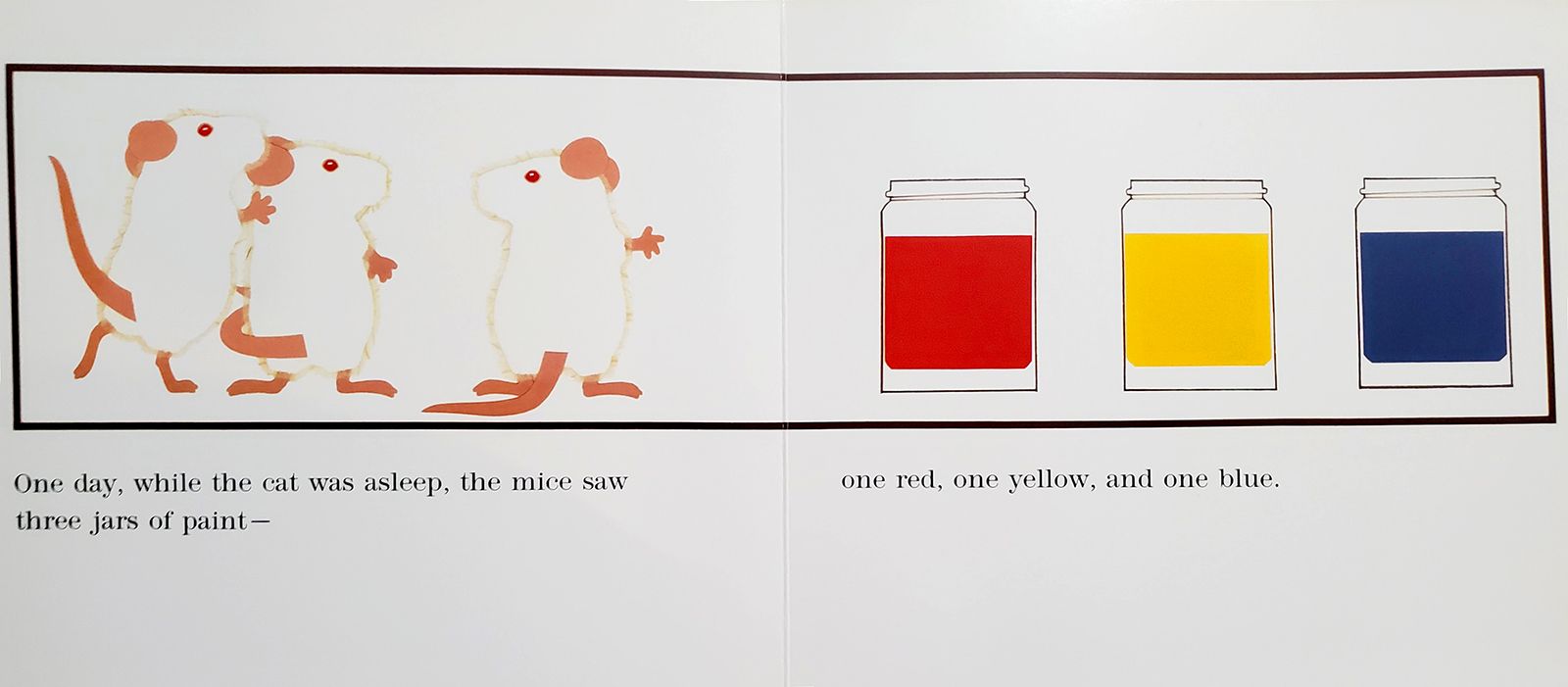
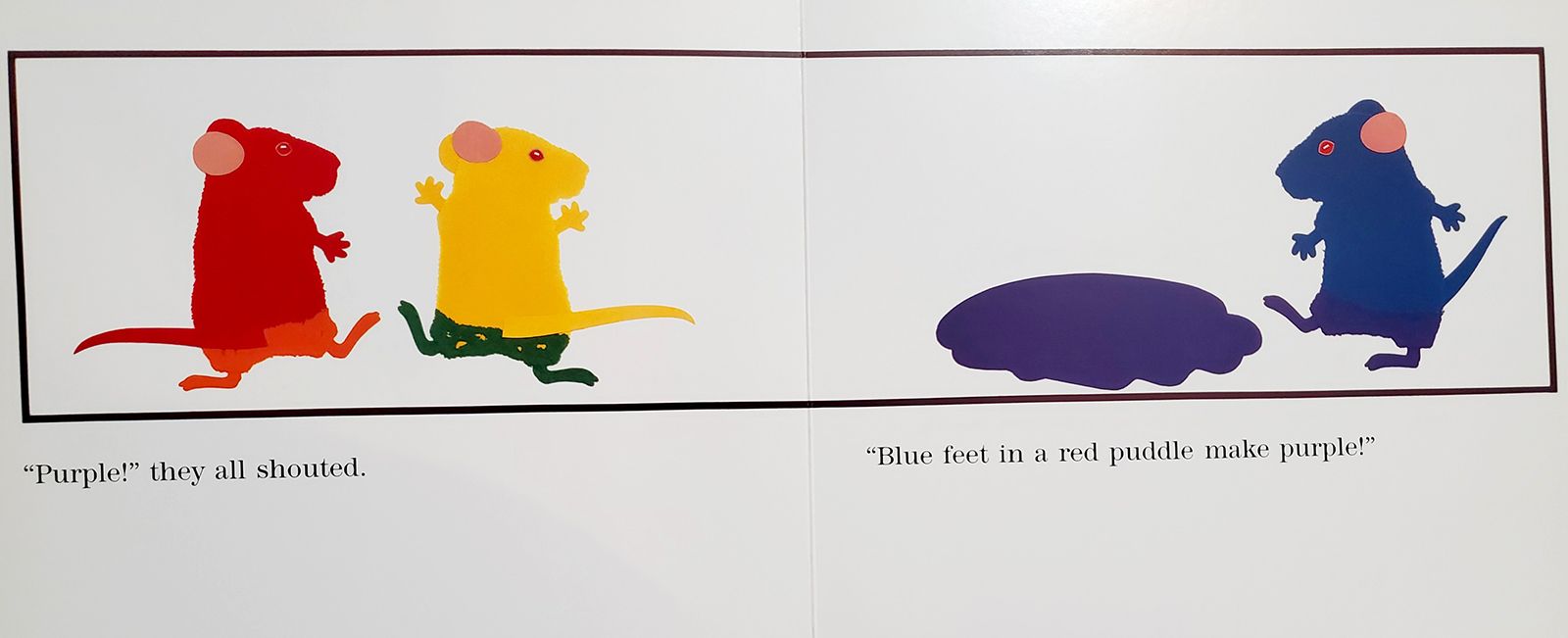
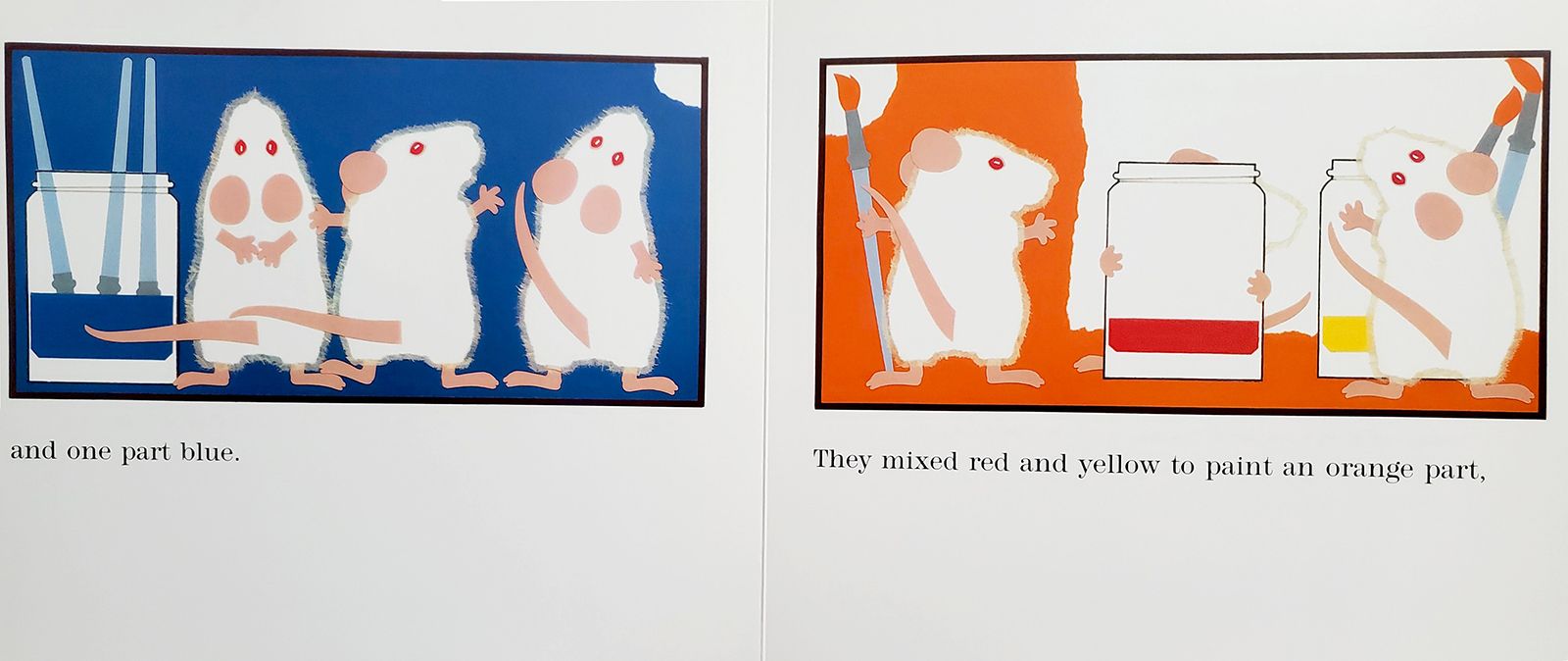
A Creative Catalyst
Mouse Paint has served as a stepping stone for countless creatives because it showcases the power of experimentation and play.
Through the story of three curious mice who stumble upon some pots of paint and accidentally mix them together, the book shows how the simplest actions can lead to surprising and beautiful results.
This is a lesson that has resonated deeply with artists of all skill levels, encouraging them to embrace the process of creation and explore new possibilities.
Writers, graphic designers, animators - all have found inspiration in its pages, as well as a reminder of the power of simple ideas.
It's the simplicity and directness of Mouse Paint that has influenced artists and creators; Walsh doesn't rely on complex narratives or detailed illustrations.
Instead, she uses basic shapes and primary colors to communicate her ideas.
This minimalist approach has inspired many artists to strip back their work, focusing on core concepts and bold, simple imagery.
The book encourages creators to play with conventions, to experiment, and to see the world through a different lens.
It reminds us that sometimes, the most profound ideas come from the simplest sources.
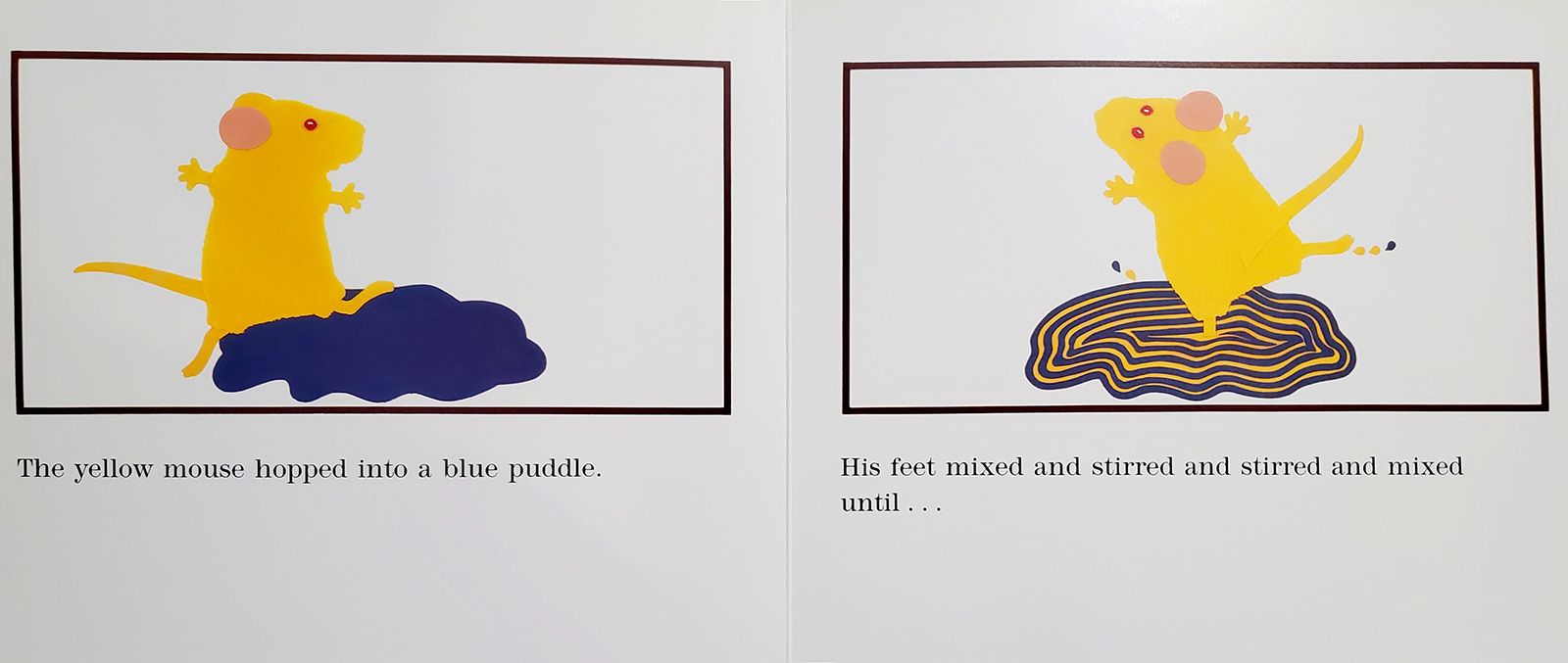


Classroom Color Revolution
In educational settings, Mouse Paint has become a beloved tool for teaching color theory; when teaching how to mix colors, it can be easy to overlook the sheer joy that comes from exploring them.
Mouse Paint helps educators tap into this enthusiasm to create memorable lessons, often accompanied by art projects that bring the concepts to life.
The book's engaging narrative and creative visuals make it an ideal resource for teaching color theory, as it allows students to explore and experiment with the concepts in a fun, interactive way.
Children around the globe have splashed their own colorful creations, learning about primary and secondary colors in the process.
It's a testament to the book's enduring appeal and educational value.
The book has also influenced the way art is taught in classrooms and other educational settings; teachers around the world have used Mouse Paint as a teaching tool, using the story to introduce young children to the world of colors and art.
The book has also been used as a way to teach children about the creative process and the importance of experimentation.
It provides an engaging, hands-on way for children to learn about color theory.
Teachers often pair the story with painting activities, allowing students to experience color mixing firsthand.
This combination of reading and doing is a powerful educational tool that has proven to be effective in helping children understand complex concepts.
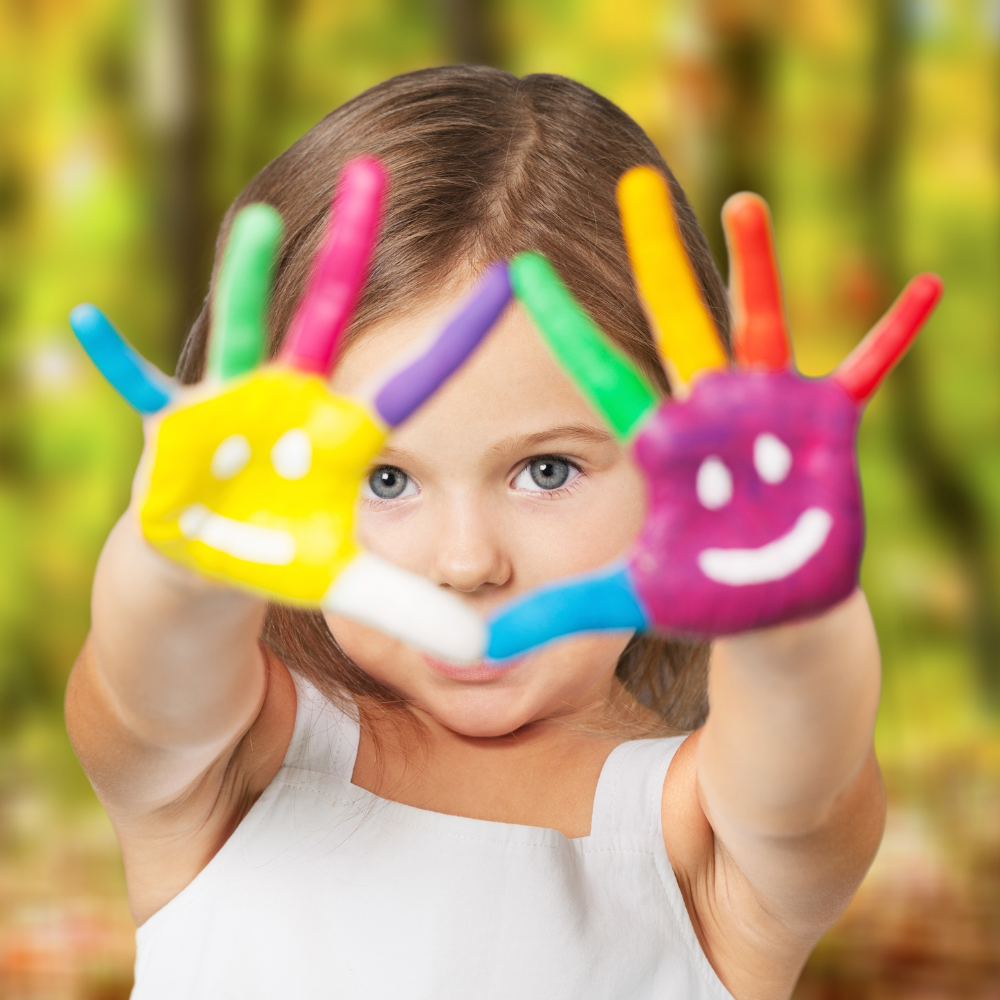
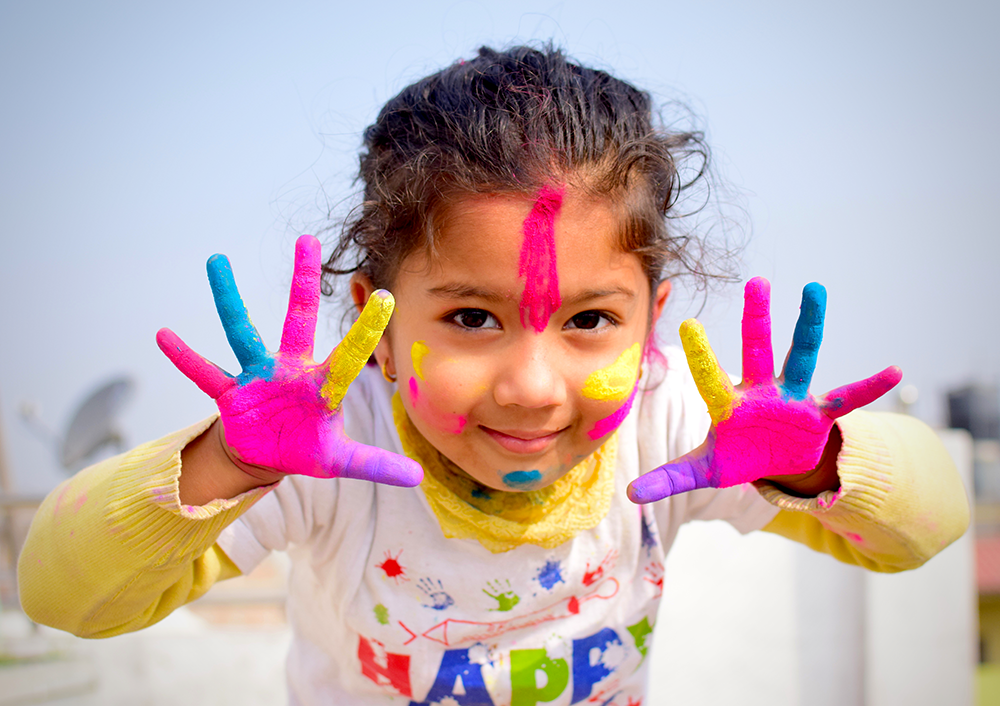
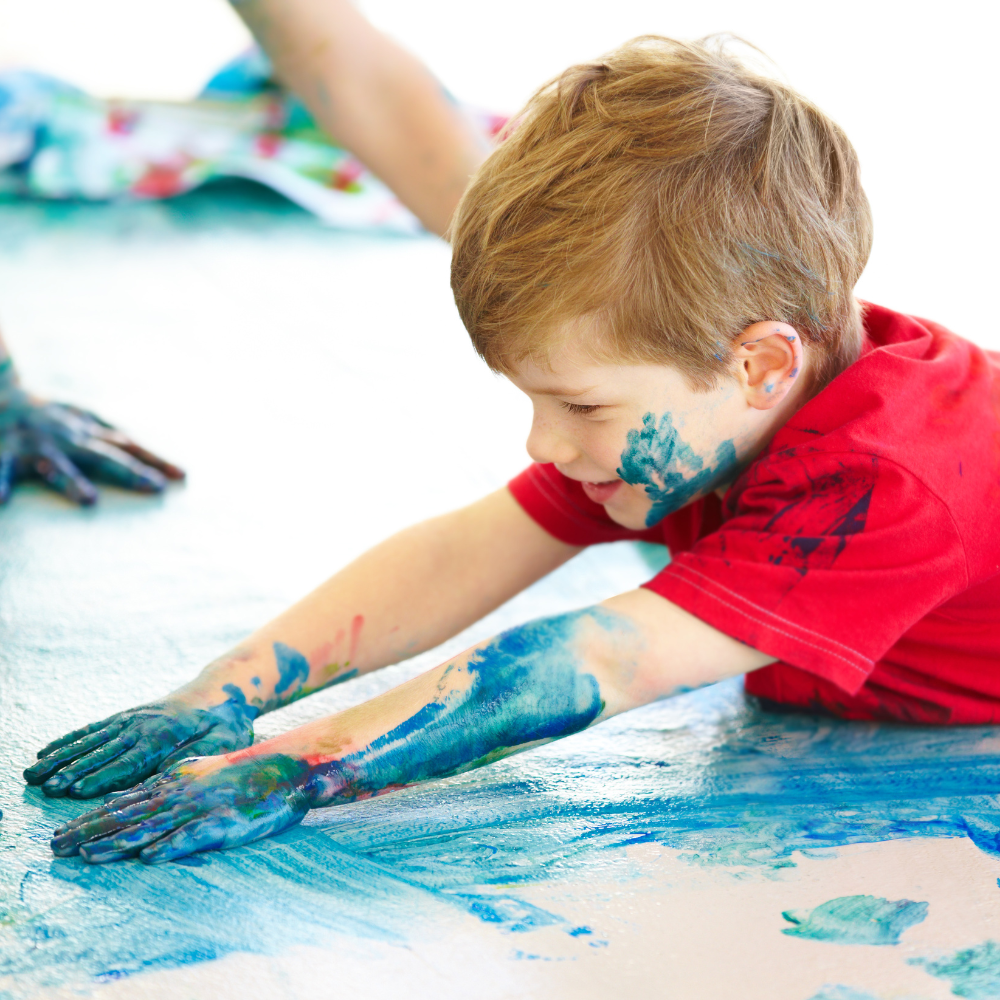
Societal and Literary Context
The story of Mouse Paint speaks to the importance of creativity and exploration.
It serves as a reminder that we can find beauty in the simplest of things, and that experimentation and play can lead to groundbreaking insights.
As a children's book, Mouse Paint also speaks to the power of literature.
It shows how something so small and seemingly insignificant can have a tremendous impact on young minds.
It's a testament to the power of art and literature in cultivating creativity, curiosity, and exploration.
When Mouse Paint was first published in 1989, it quickly became a beloved classic.
It has since been translated into numerous languages and continues to touch the lives of young readers and artists all over the world.
It is a reminder of the power of creativity and exploration, inspiring readers to embrace their own creative ideas and express themselves through art.
Mouse Paint has become an iconic work that has left a vibrant splash on the canvas of children's literature and artistry, as it has become a fun platform to learn about the fundamentals of color theory.
Its influence stretches beyond its colorful pages, inspiring generations of creators and educators alike.
This playful tale has not just entertained millions of young readers, but also left a lasting impression on the world of art and creativity, encouraging both children and adults to explore the possibilities of color.

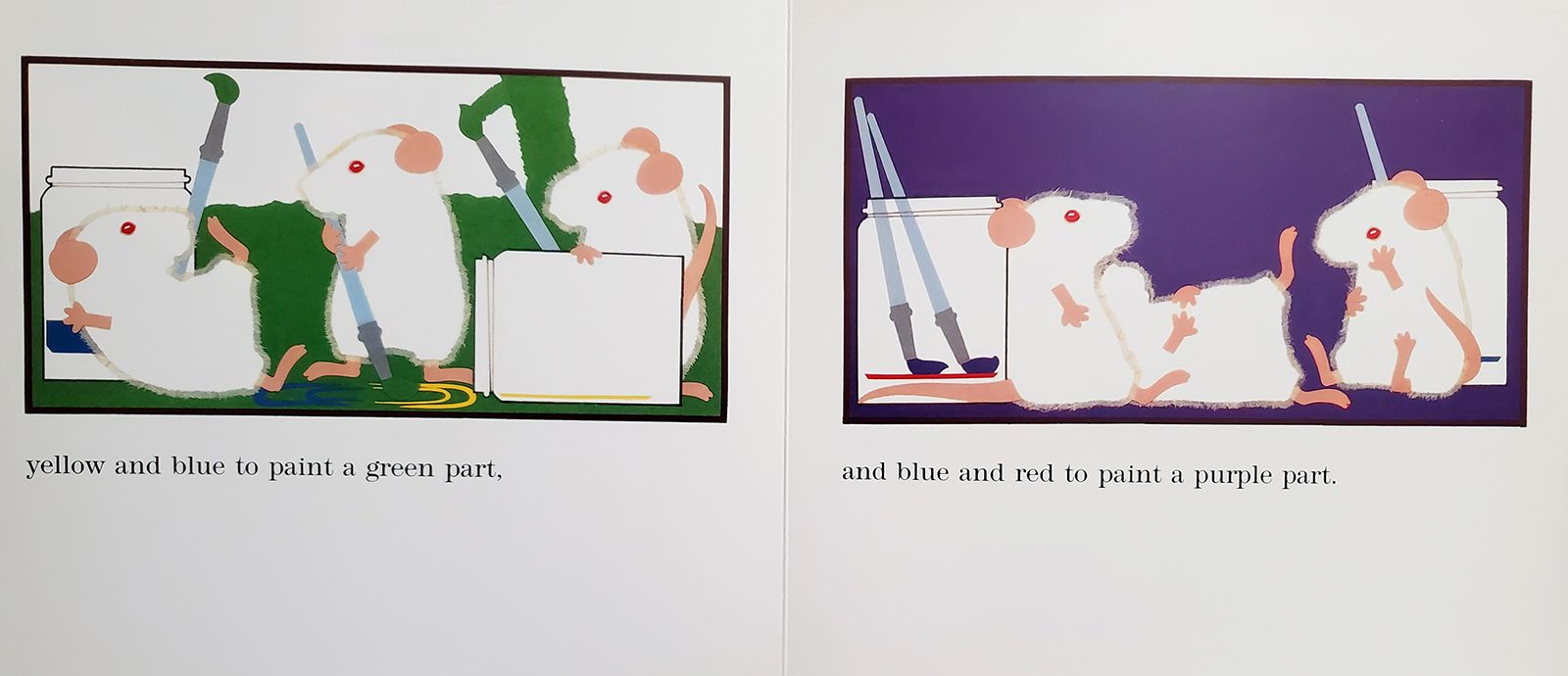

Impact on Children's Literature and Artistry
Mouse Paint encouraged creators to view children's books not just as stories, but as tools for sparking curiosity and fostering learning.
Its success demonstrated that children's literature could be both fun and informative, inspiring a new generation of authors and illustrators to follow in Walsh's footsteps.
Moreover, the book's minimalist aesthetic has influenced artists across various fields.
It underscored the idea that simplicity can be powerful, encouraging creators to strip back unnecessary elements and focus on core ideas.
The influence of Mouse Paint extends beyond art and into the realm of children's literature itself.
Its success has paved the way for other picture books that blend education and entertainment, proving that children's books can be both fun and fundamentally enriching.
Its impact is evident in many of today's children's books, which strive to both entertain and educate.
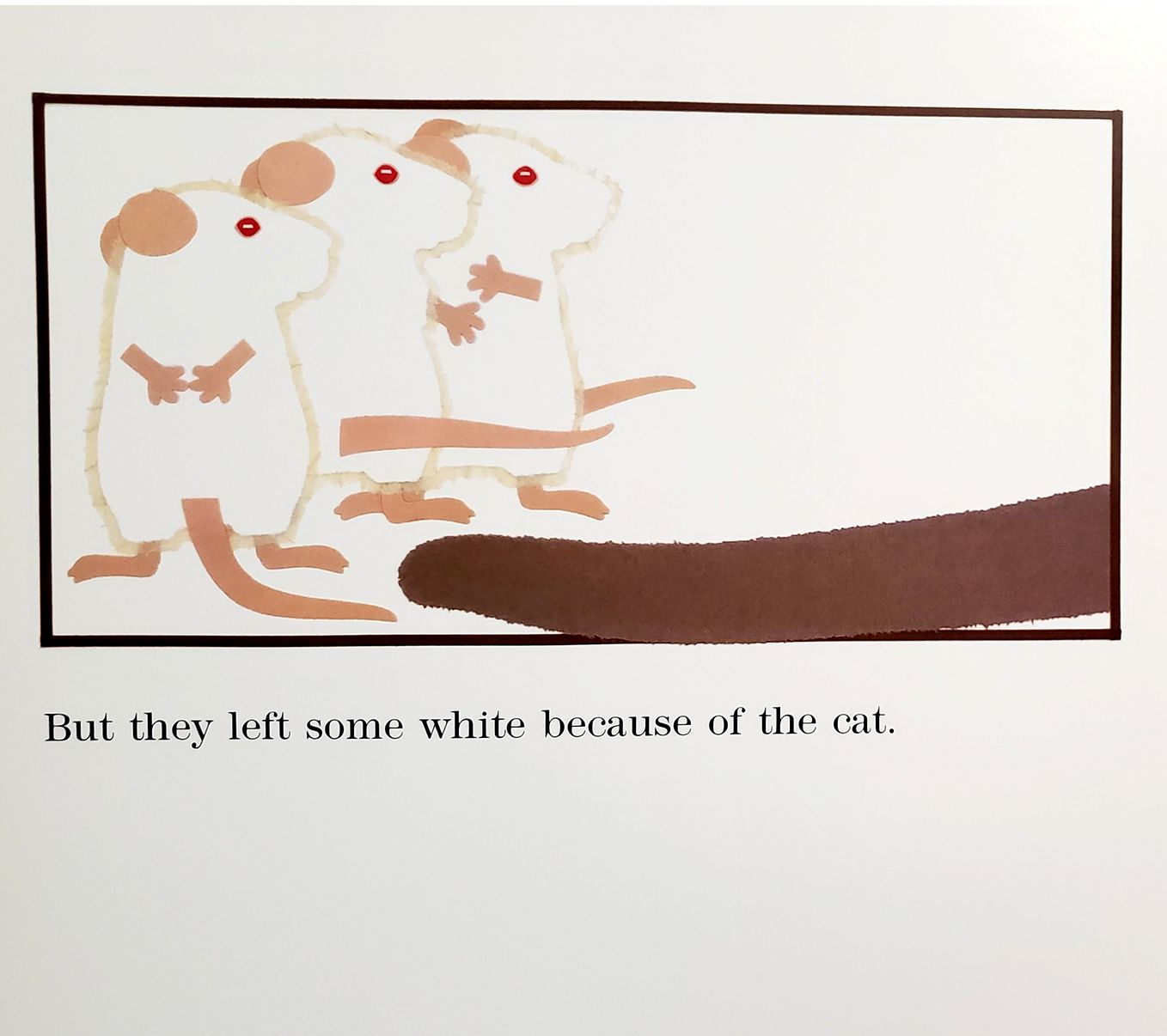


Masterful Mice: Embracing Creativity with Mouse Paint
More than just a children's book, Mouse Paint a catalyst for the creative spirit and a work that has had a profound impact on the world of creativity.
From the classroom to the canvas, Mouse Paint has left an undeniable mark on the world of art and literature.
This originally simple tale has had a profound impact on countless young readers, inspiring them to explore their own creative ideas and express themselves through art.
It encourages children to play with conventions, experiment with colors, and see the world through a different lens.
Its impact continues to ripple through the generations, proving that sometimes, the simplest stories can leave the deepest impressions.
Through its simple message of experimentation and play, the book has encouraged generations of creators to embrace the creative process and transform the world of art.
The legacy of Mouse Paint lives on, inspiring artists of all ages to break the rules and create something new.
Next time you're in a bookstore, don't just bypass the children's section. You never know - you might just find your next big creative inspiration nestled between its vibrant pages!
So, grab your copy of Mouse Paint and let the magic begin!
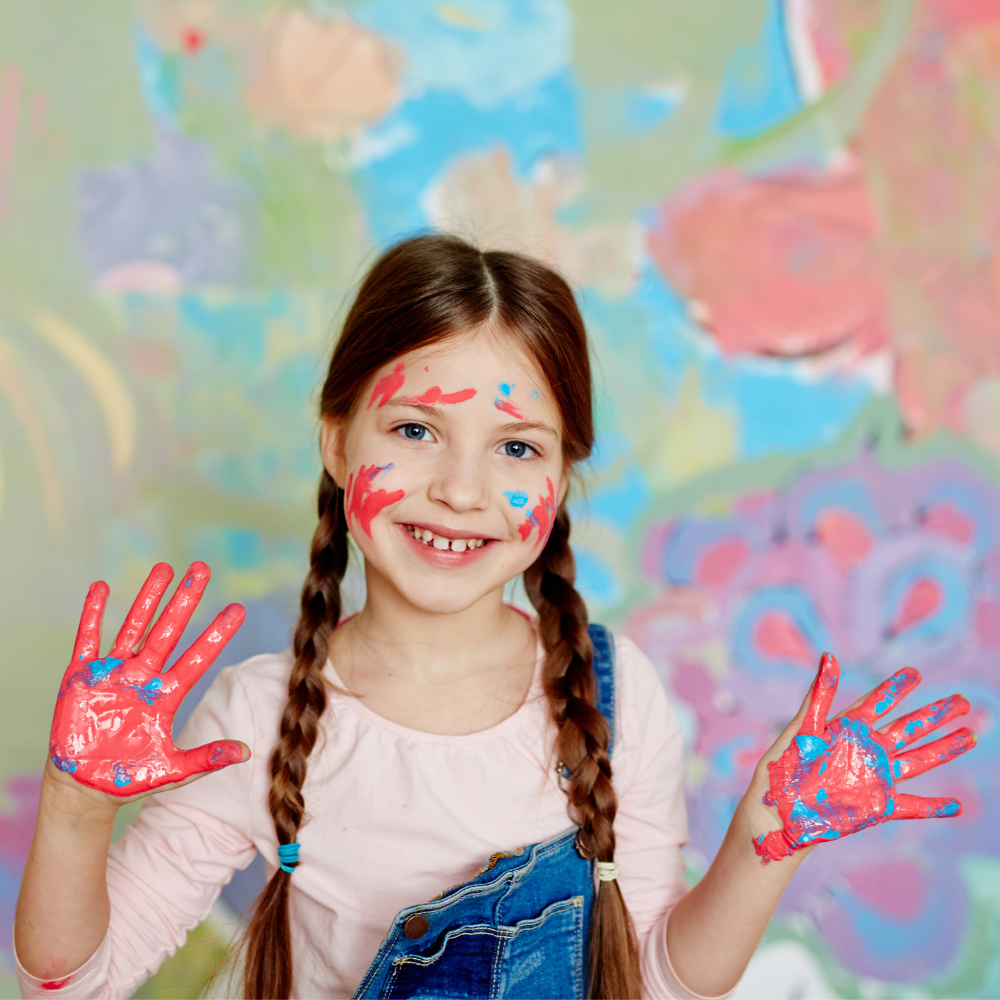
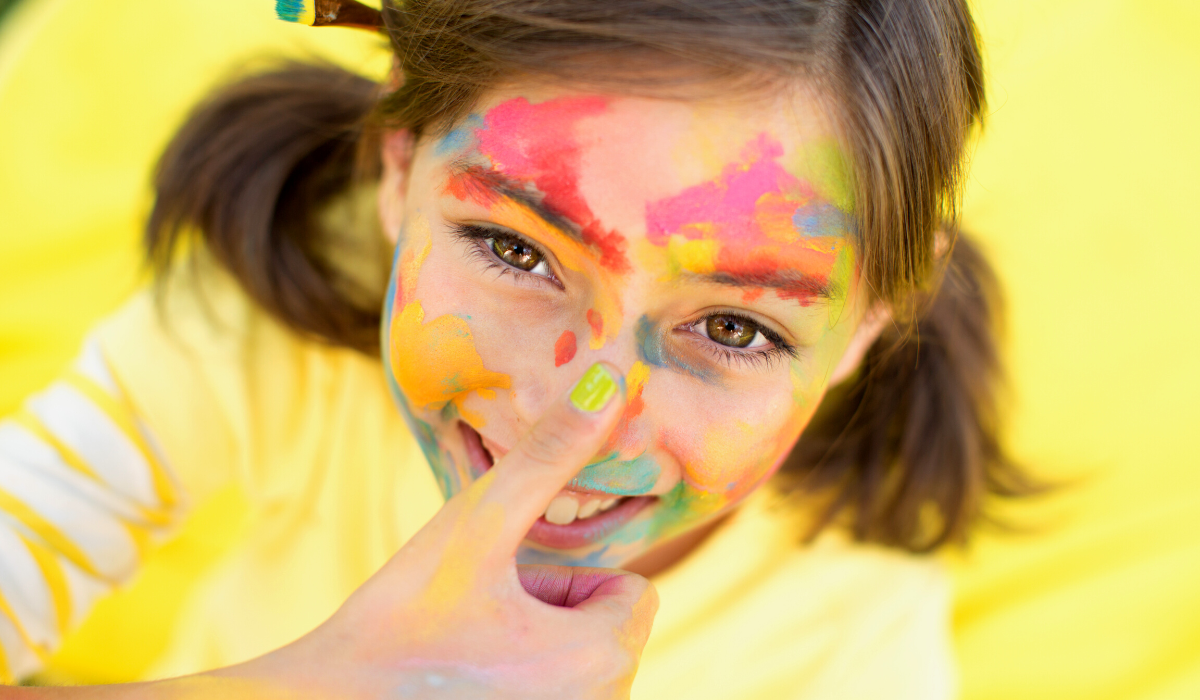

Ready to make a colorful splash with this awesome book? Check out Storytime Sunshine's read aloud!
Want to add more children's books to your bookshelf for your little one? Check out Mothers' Best Buys' best books list!
Looking for a fun art project inspired by Mouse Paint? Check out Art with Trista's video!
Want even more content about creativity and art?
Be sure to check out all of our creative chronicles!
Looking to get creative and inspired with some awesome books?
Check out some of our other articles:
-Ish
